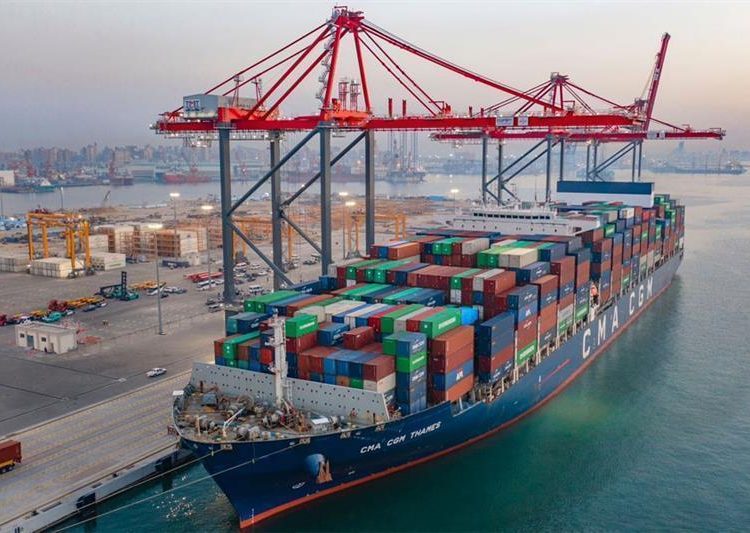The Egyptian Ministry of Finance has reaffirmed its commitment to closely monitor the implementation of the unified system for calculating payroll taxes. The system is receiving meticulous and continuous follow-up from the ministry and is an integral part of the government’s strategy for digital transformation and automation of the tax system.
The unified system for calculating payroll taxes is aimed at streamlining processes, facilitating tax compliance, and empowering government employees across various sectors to access detailed information about their salaries and the corresponding tax obligations based on the established rules.
It also aims to mitigate risks, operational costs, and accumulated burdens associated with payroll tax examinations. It strives to reduce discrepancies in tax assessments through enhanced accuracy and adherence to tax calculations and payments. In doing so, the system aims to alleviate administrative burdens, minimise transaction costs, and reduce the need for physical document archiving.
The Ministry of Finance has been implementing various initiatives to enhance the efficiency and effectiveness of the tax system. These efforts aim to streamline processes, promote tax compliance, and support economic growth.
The ongoing digital transformation and automation initiatives have resulted in improved services, simplified procedures, and increased transparency, benefiting both taxpayers and the government. With the unified system for calculating payroll taxes, the ministry aims to further enhance tax administration and ensure a fair and equitable tax system.
Over the past few years, Egypt has made significant strides towards its digital transformation. These efforts have been visible as the country strives towards automating various sectors such as governmental services, financial institutions, and the energy vertical.

Egypt envisions a future where innovation will be the next frontier. This is reflected in the country’s Vision 2030 strategy, which outlines the ultimate goal of building Digital Egypt, through digital transformation, digital skills and jobs, and digital innovation, where cybersecurity and cyber risk-aware culture would play a decisive role.
The state is also making great efforts to develop the customs system in a way that allows the country to benefit from its strategic geographical location by attracting foreign investment and generating more jobs, in addition to the national development projects that provide more promising opportunities.
According to Minister of Finance Mohamed Maeet, logistics centres were established to serve around 47 customs points at 21 harbours, with a view to reducing the time of customs clearance.
In recent remarks, the minister said that some 99.9 per cent of Egyptian imports and exports were covered in the National Single Window for Foreign Trade Facilitation Nafeza, except for the ports of Arish and Al-Awga.
The minister said his ministry works to link the public and private free zones with Nafeza.
In the meantime, Egypt is committed to strengthening relations with international partners and enhancing collaborations with customs administrations globally as part of its efforts to boost the efficiency of Egyptian customs, according to Mohamed Badawy, director of the Customs Institute in Cairo.
He stressed on the need to enhance service quality, particularly in the face of declining international trade due to successive global economic crises.
El-Shahat Ghatouri, Head of the Customs Authority, affirmed the successful establishment of local and international partnerships to better regulate customs works, including consultations with Italian customs under an institutional twinning project. This initiative aims to gradually align Egyptian customs legislation, rules, and practices with European Union standards.
Amal el-Gabry, Director General of the General Administration of Customs Development and Reform Initiatives, reviewed the newly developed electronic system designed to monitor the implementation of the 2023/2026 strategic plan. El-Gabry explained that the system was aimed to enhance strategy management, foster effective performance, strengthen governance, support decision-making, and provide real-time tracking of executive stages for more informed decision-making.






Discussion about this post